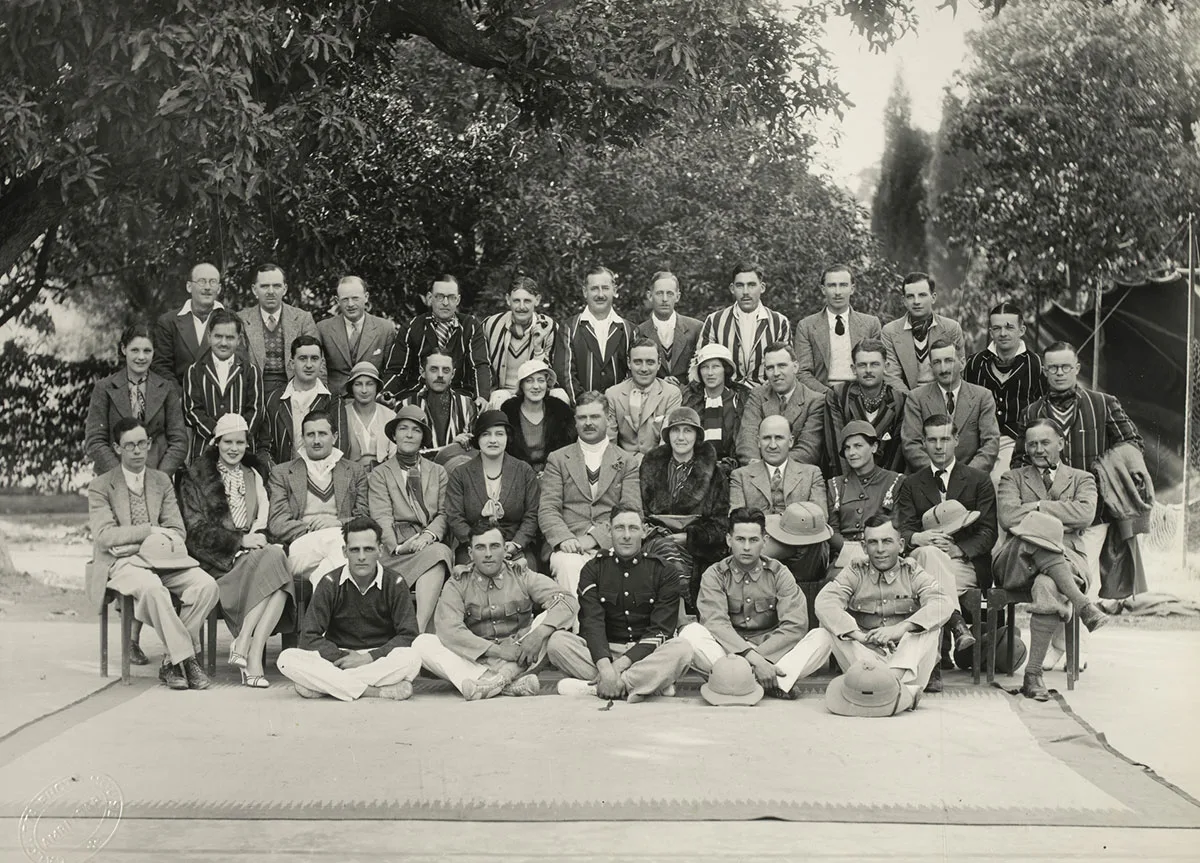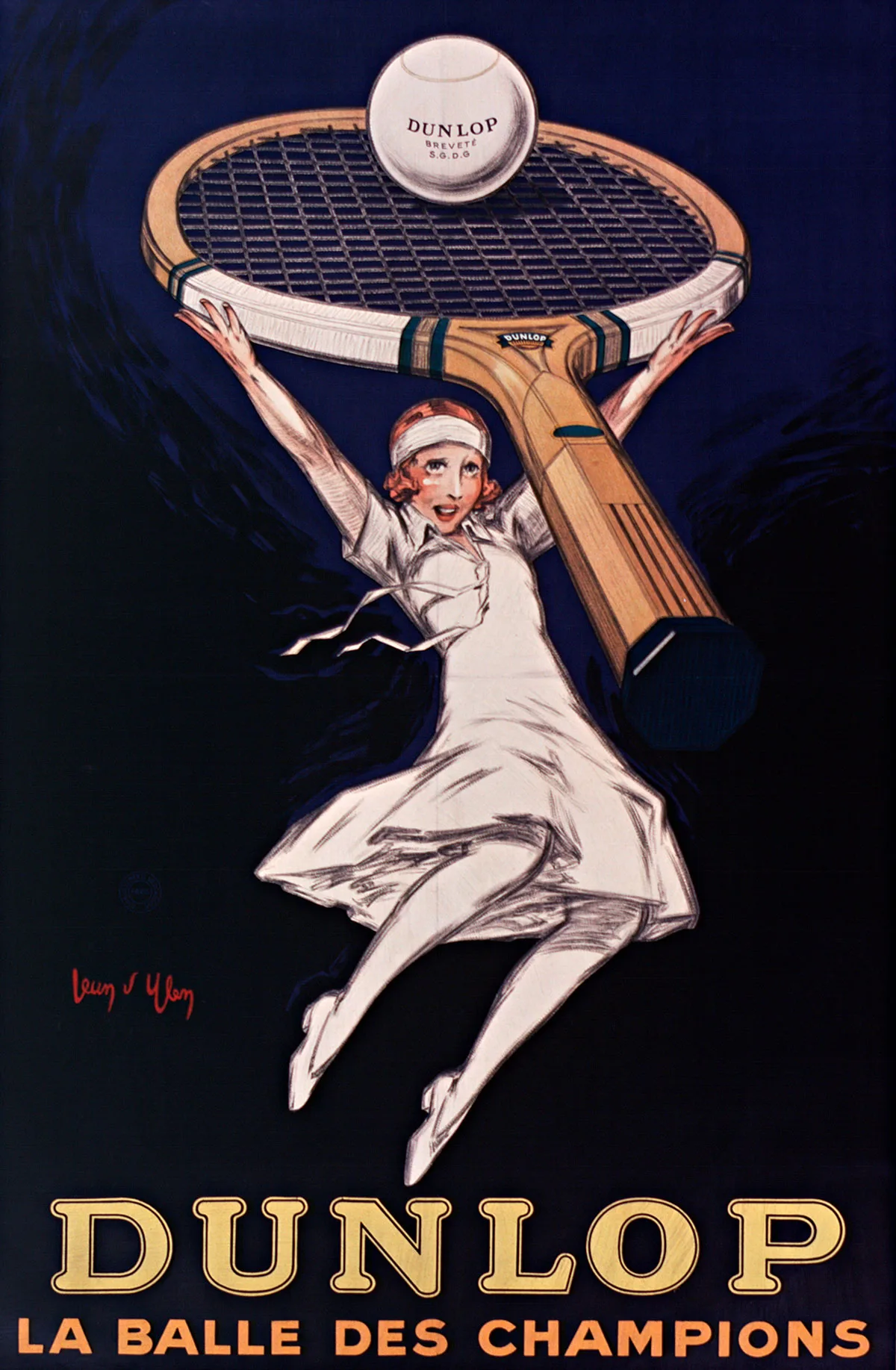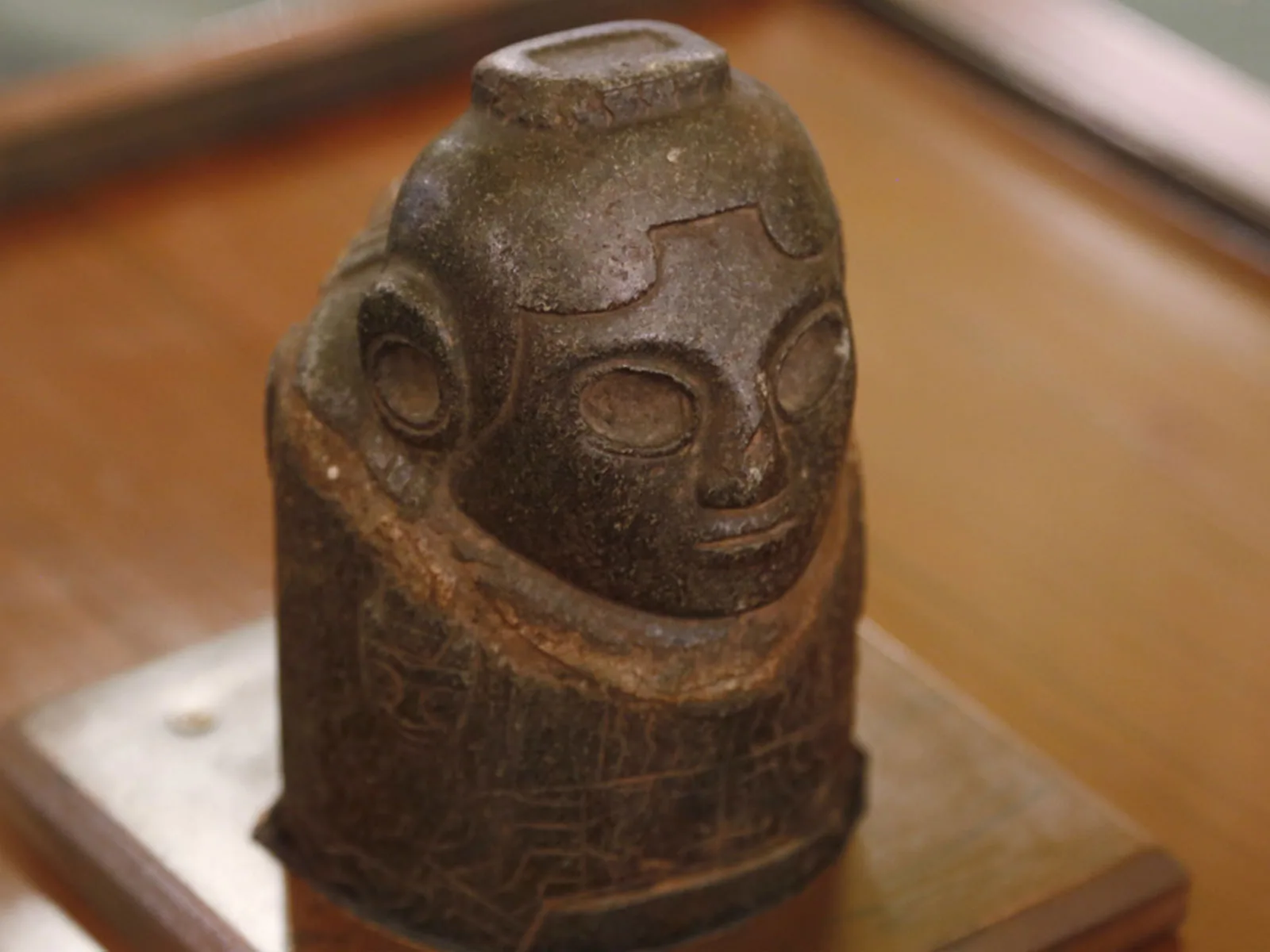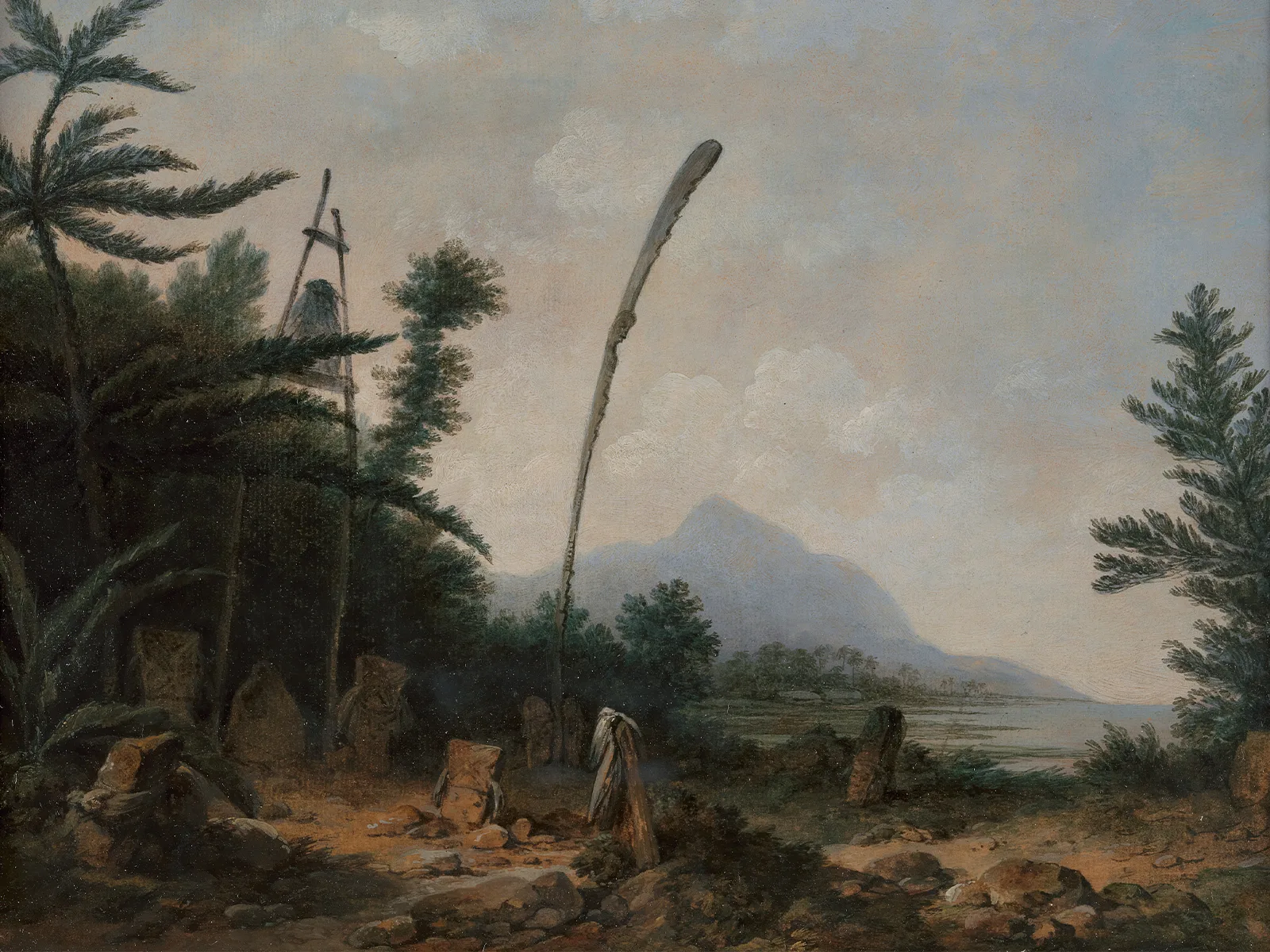
Sport and colonialism
What do pineapples have to do with the sport of tennis? Enough for one to sit atop the world-famous Wimbledon gentlemen’s singles trophy. The cup, which has been presented to each successive winner of the Championships since 1887, is adorned with a small pineapple at its peak. This is connected with the colonial history of sport.

The All Blacks performing the haka at the Rugby World Cup final in New Zealand in 2011. Youtube



Swiss Sports History

This text was produced in collaboration with Swiss Sports History, the portal for the history of sports in Switzerland. The portal focuses on education in schools and information for the media, researchers and the general public. Find out more at sportshistory.ch


